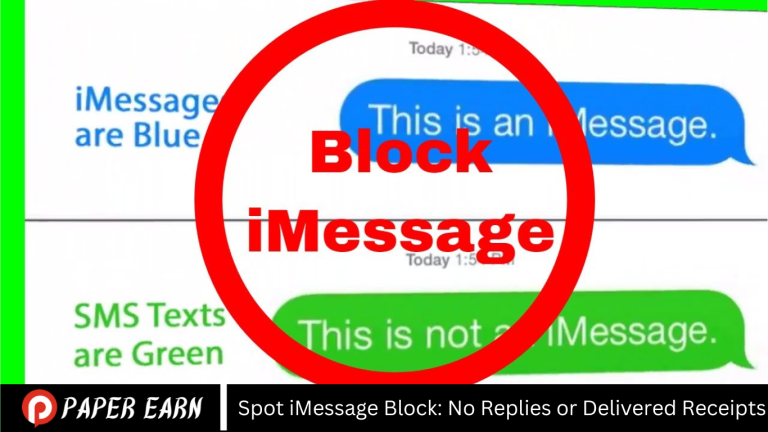iMessage displays “delivered” beneath your message; it indicates you’re not blocked. However, remember that some individuals disable read receipts, so it may not switch to “read.” If you’re blocked on iMessage, you won’t see any status message for your last sent message. It’s important to clarify misinformation regarding this topic online.
Introduction to iMessage Block
iMessage blocking is crucial for seamless communication. When you send a message through iMessage, and it shows as “delivered,” the recipient does not block you. However, if they’ve disabled read receipts, you won’t see the status change to “read.” The absence of any status message beneath your last message indicates a block. It’s essential to dispel any misinformation surrounding this topic.
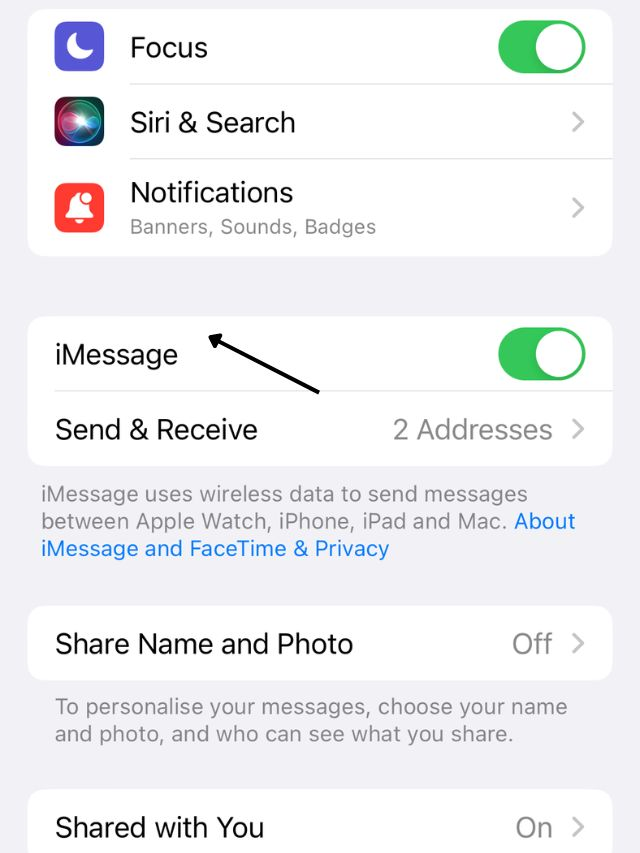
Overview iMessage Block
Unlocking the mysteries of iMessage blocking is essential for effective communication. When your message in iMessage displays as “delivered,” rest assured, you’re not blocked. However, if the recipient has read receipts turned off, the status won’t switch to “read.” Conversely, if you’re blocked, there will be no status indication beneath your last message. Dispelling misinformation about this topic is crucial.
Identifying iMessage Blockage
Identifying iMessage blockage is crucial for communication clarity. If your message displays “delivered,” you’re likely not blocked. However, “read” won’t appear if the recipient disables read receipts. No status beneath your last message suggests a block. Dispel misinformation for clarity.
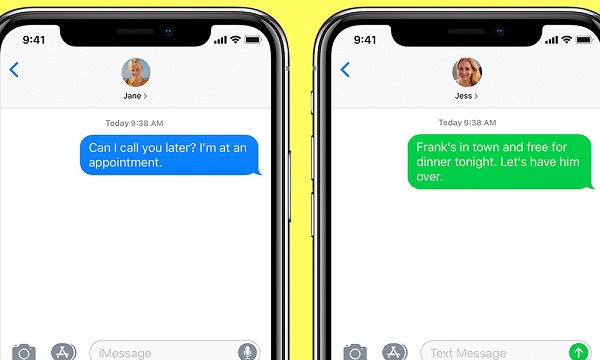
Defining No Replies and Delivered Receipts
Delivered Receipts” in messaging is vital for effective communication. “No Replies” indicates that the recipient has not responded despite sending a message. On the other hand, “Delivered Receipts” signify that the message has successfully reached the recipient’s device. However, it’s important to note that while “Delivered” confirms receipt, it doesn’t guarantee acknowledgment or response. This distinction is crucial for managing expectations and interpreting communication dynamics accurately.
Psychological Effects of No Replies and Delivered Receipts
The psychological effects of “No Replies” and “Delivered Receipts” in messaging are profound and can significantly impact individuals. “No Replies” often evoke uncertainty, rejection, or frustration, leading to anxiety about the status of the relationship or the message’s importance. This lack of response can trigger self-doubt and insecurity, causing individuals to question their worth or the validity of their communication. Conversely, “Delivered Receipts” may offer temporary reassurance upon message delivery, but the absence of a response can exacerbate anticipation and tension, heightening the emotional response.
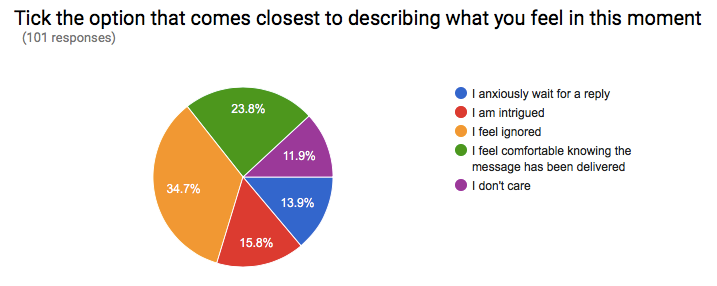
Causes and Motivations Behind Blocking
The causes and motivations behind blocking in digital communication are essential for navigating social dynamics. Blocking typically stems from various factors, including conflict, harassment, or the desire for privacy and boundary enforcement. Individuals may block others due to disagreements, discomfort with certain interactions, or to distance themselves from unwanted communication. Additionally, blocking can be motivated by the need to protect oneself from perceived threats, such as online harassment or manipulation.
Privacy Concerns and Digital Boundaries
Privacy concerns and digital boundaries are paramount in today’s interconnected world, shaping how individuals navigate online interactions. With the proliferation of digital platforms, maintaining privacy has become increasingly challenging. The fear of personal information exposure, data breaches, and online surveillance has led to heightened awareness of privacy risks. Consequently, individuals establish digital boundaries to safeguard their data and maintain control over their online presence.

Impact on Communication Dynamics
The establishment of digital boundaries and privacy concerns profoundly shape modern communication dynamics. Individuals navigate online interactions more cautiously, selecting what information to share and where. Respecting these boundaries fosters trust and openness in relationships, while breaches can strain connections. Additionally, privacy settings and limited online presence affect communication accessibility. The interplay between privacy concerns, digital boundaries, and communication underscores the complexity of human interaction in the digital age.
Power Dynamics and Control in Blocking
Blocking in digital communication is a manifestation of power dynamics and control. It represents an assertion of authority over one’s digital space, enabling individuals to regulate who can engage with them. Individuals exercise control over communication channels by blocking them, potentially altering relationship dynamics. Blocking can create imbalances, with the blocker wielding authority over the interaction flow. This imbalance may evoke feelings of powerlessness or resentment in the blocked individual. In some cases, blocking is a form of punishment or social exclusion, influencing personal relationships and broader online interactions.
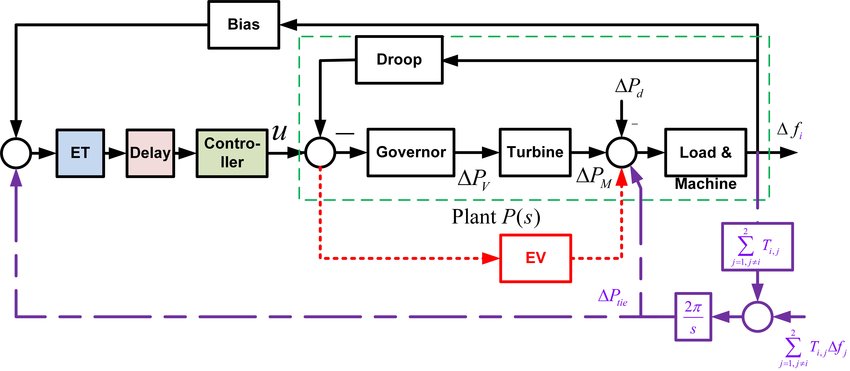
Strategies for Addressing iMessage Blocking
- Communication Literacy: Educating Users on Digital Etiquette and Respectful Communication.
- Transparency in Blocking Status: Providing Clear Indicators of Blocked Communication.
- Customizable Privacy Settings: Empowering Users to Control Their Communication Preferences.
- Mediation and Conflict Resolution: Facilitating Dialogue and Understanding Between Parties.
- Rebuilding Trust and Communication Channels: Encouraging Reconciliation and Reestablishing Communication.
- Encouraging Open Communication: Promoting Honest and Direct Communication Between Users.
- Implementing Empathy-Building Exercises: Fostering Understanding and Empathy Towards Others.
- Providing Support Resources: Offering Access to Mediation Services and Conflict Resolution Tools.
- Establishing Community Guidelines: Setting Clear Expectations for Respectful Communication.
- Facilitating Constructive Conversations: Encouraging Users to Resolve Differences Amicably.
Platform Features and Interventions
Platform features and interventions are pivotal in shaping online interactions and mitigating negative behaviors. These tools enhance user experience, promote safety, and foster healthy communication environments. Features such as blocking, filtering, and reporting enable users to manage online interactions, providing mechanisms to address harassment, abuse, or unwanted content.
Frequently Asked Questions
How can I spot an iMessage block?
Look for “No Replies” or “Delivered Receipts” in your messages. If you consistently receive no replies or notice that your messages are delivered but not read, it could indicate that you’ve been blocked.
What does “No Replies” mean in iMessage?
“No Replies” in iMessage indicates that despite sending messages, you’re not receiving any responses from the recipient. This could suggest that you’ve been blocked.
What are “Delivered Receipts” in iMessage?
“Delivered Receipts” in iMessage indicate that your messages have reached the recipient’s device. However, it doesn’t guarantee that the recipient has read or acknowledged your message.
Can I be blocked on iMessage without knowing it?
Yes, it’s possible to be blocked on iMessage without notification. If your messages consistently show as “Delivered” without any response or read confirmation, it could suggest that you’ve been blocked.
What should I do if I suspect I’ve been blocked on iMessage?
If you suspect you’ve been blocked on iMessage, you can try reaching out through alternative means to confirm. However, respecting the other person’s boundaries and privacy is essential.
Conclusion
iMessage can be challenging, but paying attention to indicators like “No Replies” or “Delivered Receipts” can provide valuable insights. These cues help users understand their messages’ status and their interactions’ dynamics. While being blocked can be disheartening, respecting others’ boundaries and privacy is essential. If you suspect you’ve been blocked, consider reaching out through alternative means while being mindful of the other person’s space.

